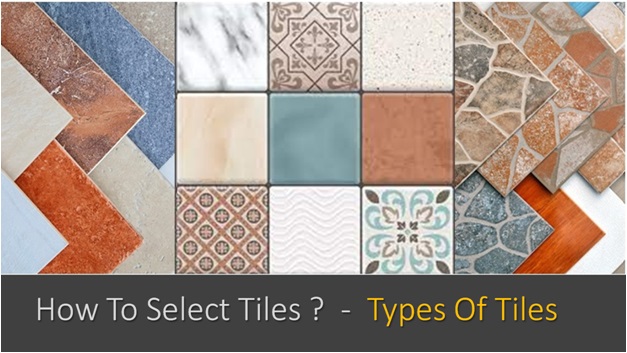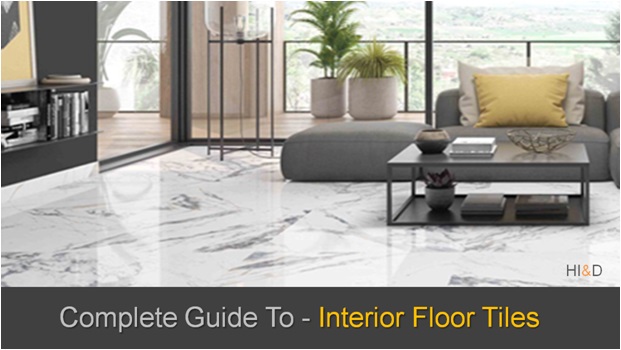
SPC Flooring
SPC Flooring Stands for Stone Polymer Composite (SPC) Flooring. SPC Tiles are Highly Durable, Water , Heat , Scratch And Heat Resistant
SPC Flooring is the latest innovation in flooring that offers the elegance of wooden flooring, is waterproof, termite proof, and has durability similar to tile flooring. Stone Polymer Composite (SPC) flooring is revolutionizing the flooring industry.
If you are planning a home improvement project that includes floor tile replacement, then SPC flooring is a great option to consider. It is a worthy competitor to other types of flooring due to its exceptional durability, aesthetic appeal, reasonable price, and ease of installation.

The SPC flooring is a stylish, sophisticated, and innovative flooring solution that stands for Stone Polymer (Plastic) Composite Flooring. As the name suggests, SPC flooring has a layered structure that is made by blending natural limestone powder, polyvinyl chloride, hardeners, coloring agents, and stabilizers.
As a high-performance flooring option, SPC is quickly becoming a popular choice for both residential and commercial spaces. This article delves into the unique features, benefits, installation process, and maintenance of SPC flooring, providing a thorough understanding of why it stands out in the market.
What Is SPC Flooring ?

SPC Tiles offer the aesthetic appeal, durability, wide design options, and functionality of your home for a relatively low cost. Floor replacement is an important part of most renovation projects, and choosing the right flooring at the right price can make all the difference.
The SPC flooring option is rapidly gaining popularity among homeowners and interior design enthusiasts. This guide offers a deep dive into everything you need to know about SPC flooring, features, and installation.
Types Of Tiles - SPC Floor Tiles
What Is SPC Flooring ?
SPC flooring, also known as Stone Polymer Composite flooring, is a type of rigid core luxury vinyl flooring. It consists of multiple layers, each contributing to its strength, resilience, and a unique feature to the product.
The core of SPC flooring is highly durable that is made from a combination of limestone, polymer and stabilizers, resulting in a highly durable and stable flooring material. The layers typically include:

- UV And Wear Layer: The top layer of UV coating imparts UV protection. This layer is made of transparent, scratch-resistant material that protects against wear and tear, ensuring the flooring looks new for years.
- Vinyl Layer: Beneath the wear layer is a high-quality vinyl layer that renders the tile design and provides the aesthetic appeal, mimicking the look of natural wood, stone, or tile.
- SPC Core: The core is the heart of SPC flooring, composed of a stone and polymer blend. This core makes the flooring incredibly durable, stable, and water-resistant.
- Backing Layer: The bottom layer adds stability and may include an attached underlayment for added comfort and sound insulation.
Unique Features of SPC Flooring
SPC floor offer many unique features that offers some major benefits. Some key features include:

- Water Resistance: Most wooden, vinyl, and laminate floor tiles cannot survive when exposed to moist conditions. One of the most notable features of SPC flooring is its water resistance.
Unlike traditional hardwood or laminate flooring, SPC can be installed in areas prone to moisture, such as bathrooms, kitchens, and basements, without the risk of warping or swelling.
- Durability: Combination of limestone power, polymer, and other chemicals renders a highly durable core body to SPC flooring. It is designed to withstand heavy foot traffic and resist dents and scratches, making it ideal for both high-traffic residential areas and commercial spaces.
- Stability: SPC tiles offer excellent heat resistance. The stone-polymer core provides dimensional stability, meaning it does not expand or contract significantly with changes in temperature or humidity. This makes SPC flooring suitable for various climates.
- Aesthetic Variety: SPC flooring comes in a wide range of styles, colors, and designs, patterns, mimicking the appearance of natural wood, stone, premium marble, and tile. This variety allows homeowners and designers to achieve the desired look without compromising on performance.
- Ease of Installation: These are designed for a quick installation. Many SPC flooring products feature a click-lock installation system, allowing for quick and easy installation without the need for glue or nails. This makes it a popular choice for DIY enthusiasts.
- Comfort: The rigid core of SPC flooring often comes with a pre-attached underlayment, providing additional cushioning and sound insulation, making it comfortable to walk on.
SPC Tiles Installation Process
Installing SPC flooring is a straightforward process, especially with the click-lock system that many brands offer. Here is a step-by-step guide to installing SPC flooring:

- Surface Preparation: It surface must be installed on a level surface. Any undulation must be levelled. The surface preparations begin by preparing the subfloor. Ensure it is clean, dry, and level. Remove any existing flooring and repair any imperfections in the subfloor.
- Acclimation: For very cold or hot climatic conditions, allow the SPC flooring to acclimatize to the room’s temperature and humidity by leaving it in the space for at least 48 hours before installation.
- Underlayment: A cushioning layer is required on the floor directly placed on the floor surface. If the SPC flooring does not have a pre-attached underlayment, lay down a suitable underlayment to add cushioning and sound insulation.
- Layout Planning: Plan the layout of the flooring, starting from one corner of the room and working your way across. Use spacers to maintain an expansion gap of about 1/4 inch around the perimeter of the room.
- Installation: Begin by laying the first row of planks, ensuring they are straight and properly aligned. Use the click-lock mechanism to snap each plank into place. Continue this process for each subsequent row, staggering the seams for a more natural appearance.
- Cutting Planks: These tiles need more cutting efforts as compared to wooden tiles. Use a utility knife or a saw to cut planks to fit around obstacles such as doorways and corners. Ensure the cuts are precise for a seamless fit.
- Finishing: Once all planks are installed, remove the spacers and install baseboards or trim to cover the expansion gap around the room’s perimeter.
SPC Flooring Maintenance Tips
Maintaining SPC flooring is much easier as compared to wooden flooring and requires minimal effort. However, some basic maintenance is required for all flooring options to ensure extended life. Here are some tips to keep your flooring in top condition:

- Regular Cleaning: Sweep or vacuum the floor regularly to remove dirt and other loose particles. Use a damp mop with a mild cleaning soap solution to clean the surface periodically. Avoid using harsh chemicals, abrasive cleaning tools and other acidic cleaning solutions. Such cleaners can cause damage the upper protective layer of the tile surface.
- Protective Measures: Do not drag furniture and any heavy machine on the tile surface. Furniture can be moved by placing on the thick cloth that offers good cushioning. Use furniture pads under heavy furniture to prevent scratches. Place doormats at entryways to reduce the amount of dirt and moisture tracked onto the floor.
- Spill Management: Avoid prolonged water stagnation on the tile surface. Wipe up spills immediately to prevent any potential damage. Although SPC flooring is water-resistant, prolonged exposure to moisture can still affect the underlying subfloor.
- Avoid Excessive Water: While SPC flooring is water-resistant, avoid using excessive water or pressure cleaning machines during cleaning. Use a damp mop rather than a soaking wet one.
- Sunlight Protection: These tiles are provided with top UV protective layer. However, prolonged exposure to direct sunlight can cause fading. Use curtains or blinds to protect the flooring from excessive sunlight. These tiles are best suited for indoor applications.
Conclusion
SPC flooring, with its blend of durability, water resistance, and aesthetic versatility, is an excellent choice for various residential and commercial applications. Its low maintenance requirements and ease of installation make it a practical option for homeowners and contractors alike.
As more people seek reliable and stylish flooring solutions, SPC flooring continues to gain popularity for its ability to meet and exceed expectations. Whether renovating a home or outfitting a commercial space, SPC flooring offers a durable, attractive, and cost-effective solution that stands the test of time.



